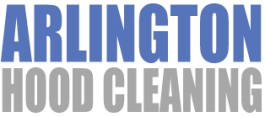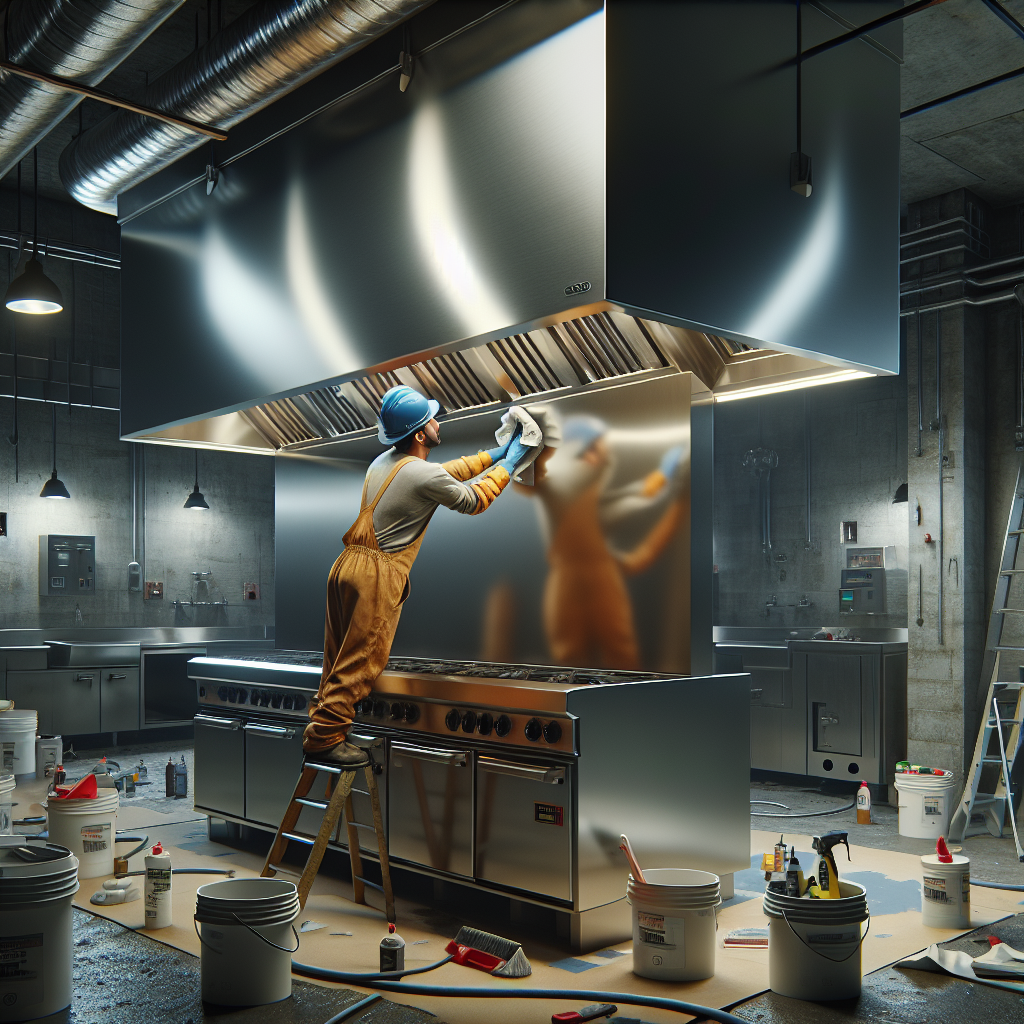Introduction
Remodeling a restaurant requires careful planning and execution. One important aspect to consider is the hood cleaning process. Ensuring clean exhaust systems is vital for safety and efficiency. This guide explains key considerations for restaurant hood cleaning during remodeling.
The Importance of Hood Cleaning
During remodeling, the restaurant’s exhaust system might accumulate significant debris and grease. Regular commercial kitchen hood cleaning prevents fire hazards and complies with local health regulations. Proper cleaning can increase kitchen efficiency and improve air quality, ensuring a safer environment for staff and patrons.
Benefits of Clean Exhaust Systems
- Fire Safety: Cleaning reduces grease buildup, which can ignite and cause fires.
- Air Quality: A clean hood ensures better ventilation, reducing smoke and odors.
- Equipment Longevity: Regular cleaning extends the life of kitchen equipment.
- Compliance: Meeting health and safety standards avoids penalties.
When to Schedule Hood Cleaning
Identify the right time for exhaust hood cleaning during a remodeling project. Ideally, plan cleaning after significant construction activities. This reduces the likelihood of dust and debris affecting clean surfaces. However, if construction is extensive, consider intermediate cleanings to maintain safety and air quality.
Choosing a Professional Hood Cleaning Service
Selecting a qualified cleaning service in Arlington TX ensures thorough and efficient cleaning. Look for companies with experience in commercial kitchen hood cleaning. Check for certifications, insurance, and customer reviews.
Questions to Ask a Hood Cleaning Service
- Experience: How long has the company been in business?
- Services Included: What is included in the cleaning package?
- Certifications: Are the technicians certified for hood cleaning?
- Insurance: Does the company carry liability insurance?
- References: Can the company provide references from other restaurants?
Preparing for Hood Cleaning During Remodeling
Before cleaning begins, prepare the kitchen environment. Secure or remove items around the hood area. Ensure clear access for technicians, and if possible, coordinate with other contractors to avoid scheduling conflicts.
Preparing Tips
- Securing Areas: Clear any debris or equipment near the hood.
- Coordination: Communicate with contractors to avoid overlap.
- Checking Utilities: Ensure that there is no disruption of power or water supplies.
- Review Cleaning Plan: Go over the cleaning procedure with technicians.
Post-Cleaning Considerations
After cleaning, inspect the system to confirm thoroughness. Check for squeaky-clean surfaces and clear exhaust vents. It’s beneficial to keep a record of cleaning dates and completed tasks for future reference.
Post-Cleaning Checklist
- Inspection: Verify all components are cleaned and functional.
- Documentation: Record the cleaning date and certificate.
- Feedback: Provide feedback to the cleaning company about their service.
Maintaining a Clean Hood
Regular maintenance ensures ongoing safety and compliance. Set a cleaning schedule based on usage and restaurant size. Many kitchens need cleaning every three to six months.
Maintenance Tips
- Scheduled Cleaning: Stick to a routine cleaning schedule.
- Daily Wipe-Down: Wipe down surfaces daily to prevent grease build-up.
- Monitor Airflow: Keep an eye on air quality and address issues promptly.
Conclusion
Effective hood cleaning during remodeling enhances kitchen safety and efficiency. With professional help, it becomes manageable and ensures compliance with regulations.


